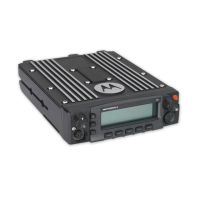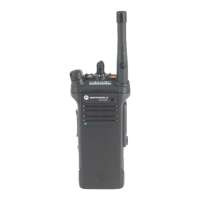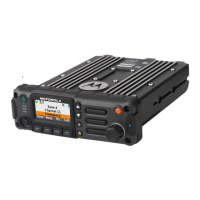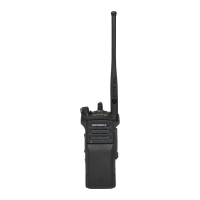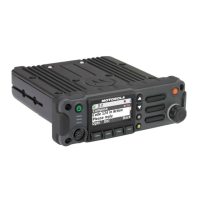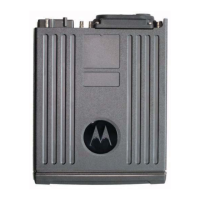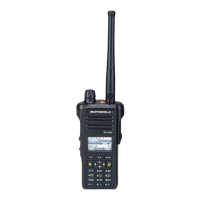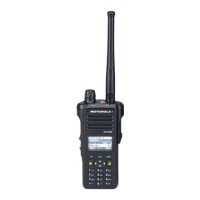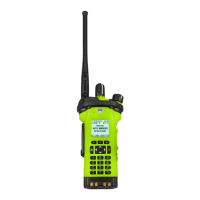Note: The radio only exits the Emergency state using
one of the ways mentioned in the previous sections.
See Sending an Emergency Alarm on page 89,
Sending an Emergency Call (Trunking Only) on page
89, Sending an Emergency Alarm with Emergency
Call on page 90, or Sending a Silent Emergency
Alarm on page 91.
Fireground (Conventional Only)
The portable Fireground Communications System is
designed for deployment at an incident scene. It
consists of five central components:
• Your APX portable radios
• Incident Management Software
• Command Terminal
• Radio Frequency (RF) Modem
• DVRS (Optional)
These components provide on-scene and inbuilding
radio coverage, and enhanced personnel
accountability and monitoring.
The radio helps to indicate your presence on the
scene if it is in the range of the Incident Commander
command terminal.
Each Fireground Communication System radio
automatically reports your radio ID on the commander
mobile command terminal. Your name, riding position
and sector are all can be configured to be seen at the
Commander’s command terminal.
If you have a critical situation, you can press the
Emergency button which activates an alarm on the
Incident Management Software at the command
terminal.
The Fireground signals transmission is always
exchanging data between your radio and the RF
Modem and command terminal. The status of your
radio includes:
• Powering up or down the radio
• Automatic response to Polling
• Response to Evacuation commands
• Pressing the PTT button to make voice
transmission
• Sending an Emergency Alarm and Call
Entering Fireground Zone Channel
1 Upon powering up, perform one of the following
actions:
92
English
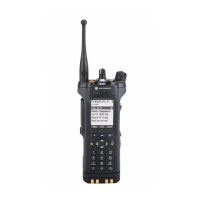
